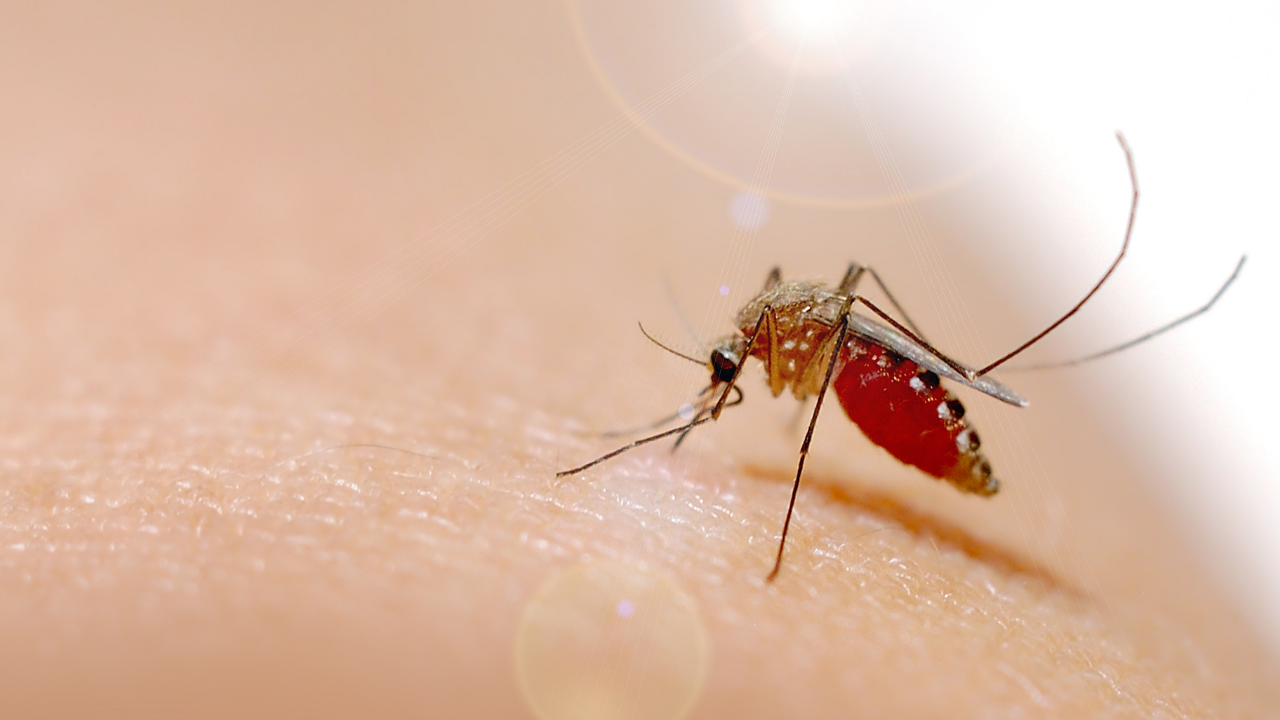Dengue cases in Western Visayas, Bangsamoro triple

INQUIRER.net FILE PHOTO
At least 35 people had died of dengue fever in Western Visayas and Bangsamoro regions in the first six months of the year, with cases of the mosquito-borne disease reaching almost triple of those recorded during the same period in 2021, reports from health officials in these areas showed.
The Department of Health in Western Visayas recorded 483 new cases this month, bringing this year’s regional total to 3,653 as of June 18. The number was already 298-percent higher than the 918 cases recorded during the same period last year.
Twenty-four deaths due to the disease were recorded this year.
The latest cases include 187 in Antique, 140 in Negros Occidental, 84 in Iloilo, 33 in Capiz, 22 in Bacolod City, 12 in Aklan, four in Guimaras and one in Iloilo City.
Negros Occidental posted the highest number of cases from Jan. 1 to June 18 with 1,368 followed by Antique (983), Iloilo (574), Bacolod City (238), Capiz (225), Aklan (131), Iloilo City (97) and Guimaras (37).
Article continues after this advertisementDr. Ernell Tumimbang, Negros Occidental health officer, said the provincial government had been distributing larvicides to prevent the proliferation of mosquitoes in the 31 towns and cities in the province.
Article continues after this advertisementGov. Eugenio Jose Lacson urged residents to practice cleanliness and to destroy breeding areas of the Aedes aegypti mosquito, which thrives and breeds in stagnant water.
The infection triggers a severe flu-like illness often followed by a severe drop in an infected person’s platelet count. Among other symptoms are severe headache, pain behind the eyes, full-body aches, nausea, vomiting, swollen glands or rashes.
Provincial administrator Rayfrando Diaz said the province had allocated funds for its preventive measures against dengue as early as January 2022.
Epidemic threshold
In the Bangsamoro Autonomous Region in Muslim Mindanao (BARMM), Dr. Zul Qarnayn Abas, regional health minister, said 11 people died of dengue in the first half of the year, which he described as an alarming increase compared to the zero fatality record in the first half of 2021.
He said that from January to June this year, his office recorded 966 dengue cases across the region, more than three times the 270 cases recorded in the same period last year.
“We have reached or surpassed the epidemic threshold,” he said.
Among the provinces in the region, Maguindanao and Lanao del Sur provinces posted the highest number of dengue cases, so far, he said.
“We should clean [our surroundings], we should remove stagnant water because it is there where dengue-carrying mosquitoes thrive and reproduce,” Abas said.
He said the early rains contributed to the spike in dengue cases, not only in the BARMM, but also across the country.
Abas said eggs laid by dengue-carrying mosquitoes could survive up to nine months to a year even without water. Mosquitoes lay their eggs on the walls of water-filled containers in the house, old tires, flower vases and in drainage canals.
Health officials said apart from “searching and destroying” breeding sites of mosquitoes, people must protect themselves from mosquito bites by wearing pants and long-sleeved shirts, by regularly using mosquito repellent and by seeking early consultation should they observe symptoms of the disease.